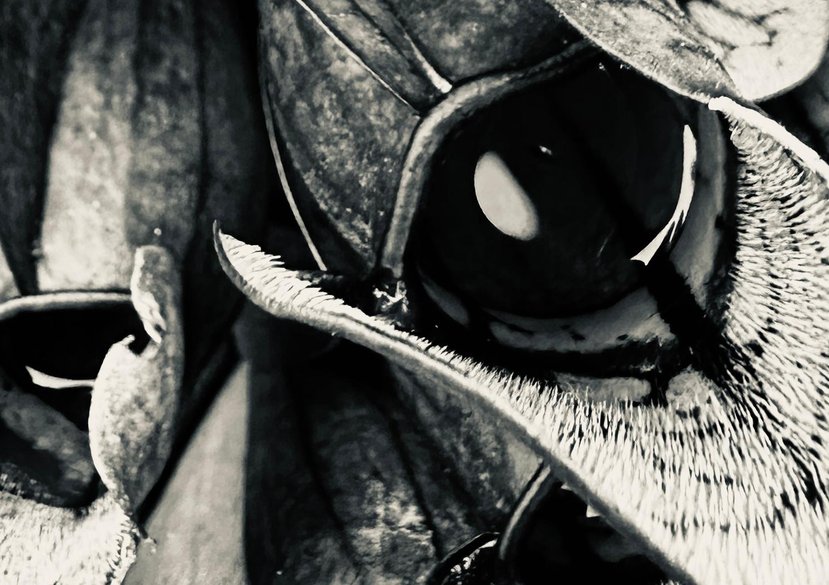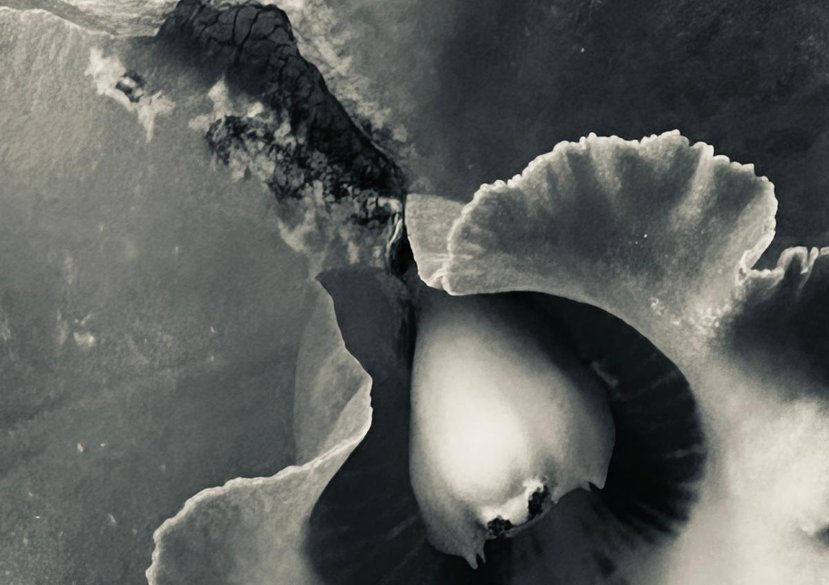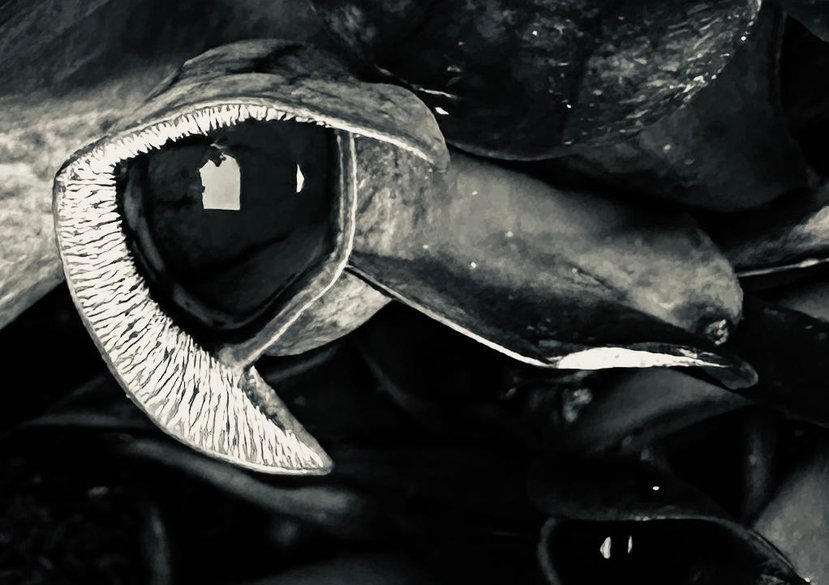
Voice as Decay and the Erotic; interpreted through Lucretius, De Rerum Natura and Marguerite Duras, Les Mains Négatives (1979).
Point
And the body heats, leaks, freaks,
From a pattern,
Point
Not alone to feel.
And the body heats, leaks, freaks,
From a pattern,
Control
Not alone to feel.
Control
Voice expresses a location within the unconscious and in doing so identifies its presence. Folds, surfaces, voids and portals; voice slips, forms, dissolves and reforms on an edge that raises questions of unbounded limits.
‘Sensation thus follows the process of limitation up to but never beyond the limit, though there is no absolute or final limit of nature [caret ergo fine modoque] (Lucretius, 1.964).’ [1]
‘He looked at the immensity of things, within the roar of the waves, the immensity of its force.’ [2]
Referencing the psychoanalytical practice and theory of Freud, Jacques Lacan and Felix Guattari, this practice-led research uses poetry, moving image and performance to explore the relationship between voice and the limitless drives of death and desire.
[1] Nail, T. (2018) Lucretius 1: an ontology of motion, Edinburgh: University of Edinburgh Press, pg.155
[2] Les Maines Negatives (1979) Marguerite Duras. Available online at: https://www.youtube.com/watch?v=rQCgI-QUk&list=PLVzgcRcxvtqllmTw73twcmDO-8neDQcgK&index=5. Accessed: 25/04/2024.
Key details
School, Centre or Area
Supervisors
Gallery
More about Gabrielle
Degrees
BSc Edin, MA Open, MSt Oxon, MRes RCA




